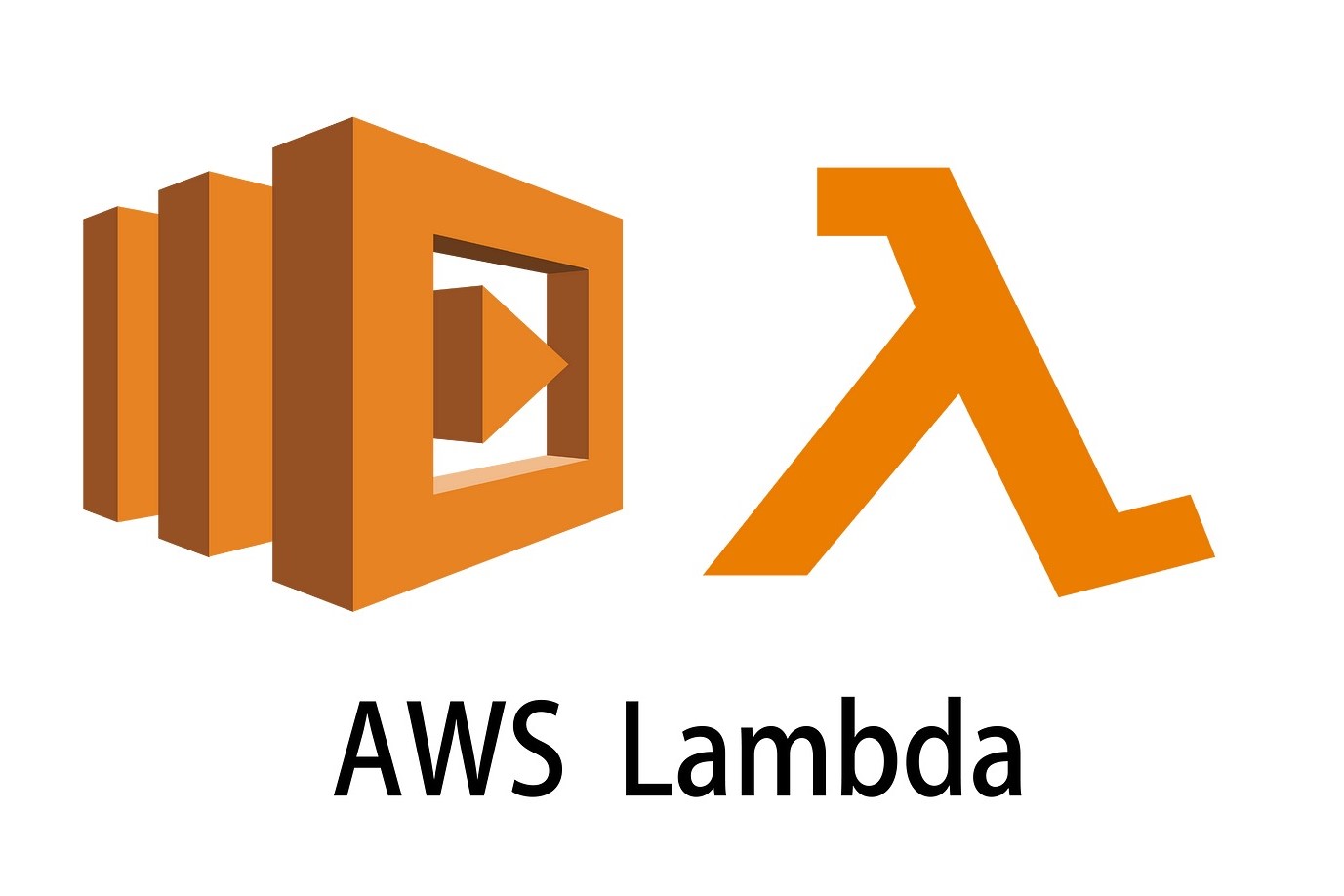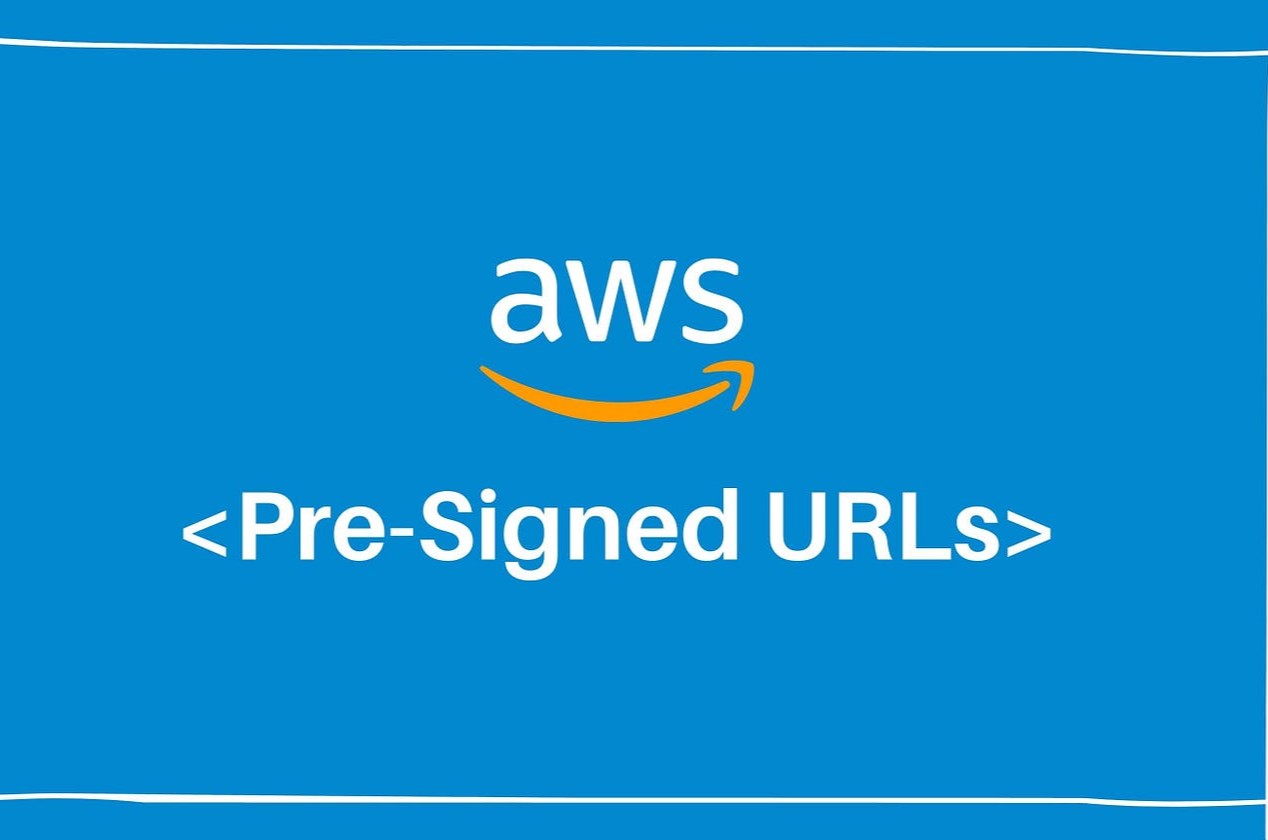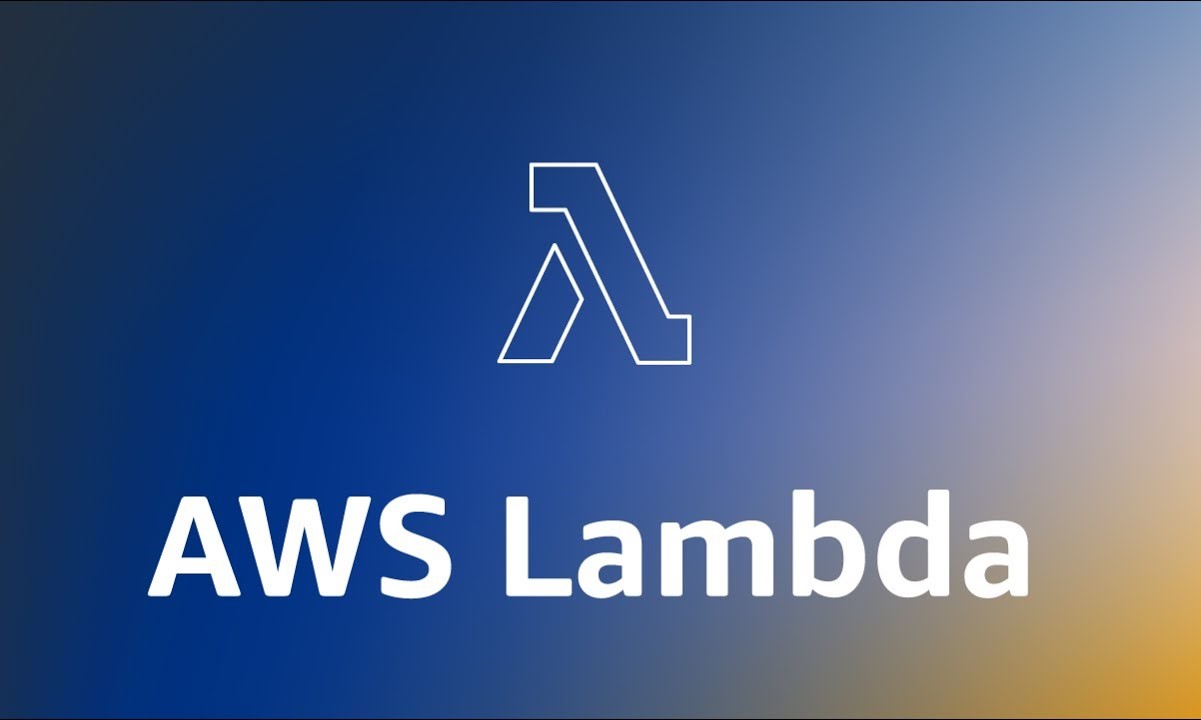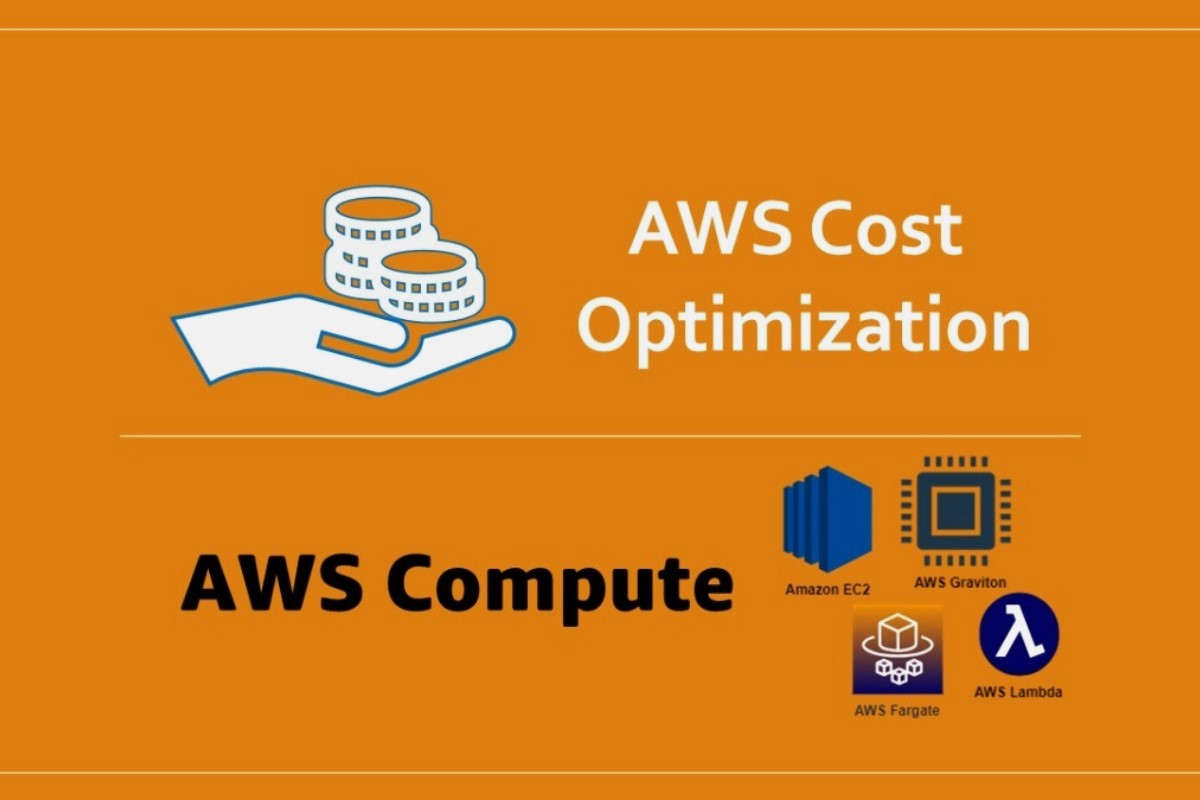Home>Technology and Computers>Defining A Scheduled Lambda In Cloudformation


Technology and Computers
Defining A Scheduled Lambda In Cloudformation
Published: January 23, 2024
Learn how to define a scheduled Lambda function in CloudFormation for efficient automation and management. Explore the technology and computer aspects of scheduling Lambda functions.
(Many of the links in this article redirect to a specific reviewed product. Your purchase of these products through affiliate links helps to generate commission for Noodls.com, at no extra cost. Learn more)
Table of Contents
Introduction
In the fast-paced world of cloud computing, the ability to automate tasks and processes is a game-changer. One of the most powerful tools for automation within the Amazon Web Services (AWS) ecosystem is AWS Lambda. This serverless computing service allows developers to run code without provisioning or managing servers, offering a highly scalable and cost-effective solution for a wide range of applications.
Within the realm of AWS Lambda, the concept of a scheduled Lambda function is particularly intriguing. This feature enables developers to execute their code on a regular, predetermined schedule, opening up a world of possibilities for automating recurring tasks, such as data backups, report generation, and system maintenance.
In the context of AWS CloudFormation, the infrastructure-as-code service provided by AWS, the ability to define and deploy scheduled Lambda functions becomes even more compelling. By leveraging CloudFormation, developers can codify their infrastructure and application architectures, including the scheduled execution of Lambda functions, in a declarative template.
In this article, we will delve into the intricacies of defining a scheduled Lambda function within a CloudFormation template. We will explore the steps involved in creating and configuring a scheduled Lambda function, defining the schedule expression, and handling permissions and dependencies. By the end of this journey, you will have a comprehensive understanding of how to harness the power of scheduled Lambda functions within the AWS CloudFormation framework.
So, let's embark on this exploration of scheduled Lambda functions in CloudFormation, and uncover the art of automating tasks with precision and efficiency in the AWS cloud.
What is a Scheduled Lambda in CloudFormation?
A scheduled Lambda function in CloudFormation refers to a specific type of AWS Lambda function that is designed to execute code on a recurring schedule. This capability enables developers to automate tasks that need to be performed at regular intervals, such as data processing, log rotation, and system maintenance. By defining a scheduled Lambda function within a CloudFormation template, developers can codify the infrastructure and application architecture, ensuring that the scheduled execution of the Lambda function is an integral part of the overall deployment.
The scheduled Lambda function in CloudFormation is powered by AWS CloudWatch Events, a service that delivers a near real-time stream of system events that describe changes in AWS resources. CloudWatch Events allow developers to create rules that match incoming events and route them to specific targets, such as AWS Lambda functions. When defining a scheduled Lambda function in CloudFormation, developers leverage CloudWatch Events to specify the schedule on which the Lambda function should be invoked.
By incorporating scheduled Lambda functions into CloudFormation templates, developers can achieve a high degree of automation and repeatability in their infrastructure and application deployments. This approach not only streamlines the process of managing recurring tasks but also ensures that the scheduled execution of the Lambda function is an integral part of the infrastructure definition, making it easier to maintain and replicate across different environments.
In summary, a scheduled Lambda function in CloudFormation represents a powerful mechanism for automating recurring tasks within the AWS ecosystem. By leveraging the capabilities of AWS Lambda, CloudFormation, and CloudWatch Events, developers can define and deploy scheduled Lambda functions with precision and efficiency, paving the way for seamless automation of routine operations in the cloud.
This section provides a foundational understanding of the concept of scheduled Lambda functions in the context of AWS CloudFormation, setting the stage for a deeper exploration of the practical aspects of creating and configuring scheduled Lambda functions within CloudFormation templates.
Creating a Scheduled Lambda in CloudFormation
Creating a scheduled Lambda function in CloudFormation involves several key steps that culminate in the seamless integration of the scheduled execution of the Lambda function into the overall infrastructure and application architecture. Let's delve into the intricacies of this process and explore the essential components of defining a scheduled Lambda function within a CloudFormation template.
1. Define the Lambda Function
The first step in creating a scheduled Lambda function in CloudFormation is to define the Lambda function itself. This involves specifying the code that the function will execute, along with any necessary configuration settings, such as environment variables and resource requirements. By encapsulating the desired functionality within the Lambda function, developers lay the foundation for the subsequent scheduling and invocation of the function.
2. Integrate with CloudWatch Events
Once the Lambda function is defined, the next step is to integrate it with CloudWatch Events to enable scheduled execution. This is achieved by creating a CloudWatch Events rule that specifies the schedule on which the Lambda function should be invoked. The schedule expression, which defines the frequency and timing of the function's execution, is a critical component of this integration and plays a pivotal role in determining when the Lambda function will be triggered.
3. Incorporate into CloudFormation Template
With the Lambda function and CloudWatch Events integration in place, the final step is to incorporate the scheduled Lambda function into a CloudFormation template. This involves defining the necessary resources, such as the Lambda function, CloudWatch Events rule, and any associated permissions, within the template. By codifying the scheduled Lambda function and its dependencies in a CloudFormation template, developers ensure that the entire infrastructure, including the scheduled execution of the Lambda function, can be provisioned and managed as a single, cohesive unit.
By following these steps, developers can create a scheduled Lambda function in CloudFormation that is seamlessly integrated into the broader infrastructure and application architecture. This approach not only streamlines the process of defining and deploying scheduled Lambda functions but also ensures that the scheduled execution is an intrinsic part of the infrastructure definition, enabling consistent and repeatable deployments across different environments.
In summary, the process of creating a scheduled Lambda function in CloudFormation involves defining the Lambda function, integrating it with CloudWatch Events, and incorporating it into a CloudFormation template. This approach empowers developers to automate recurring tasks with precision and efficiency, leveraging the power of AWS Lambda and CloudFormation to orchestrate the scheduled execution of code in the AWS cloud.
Defining the Schedule Expression
Defining the schedule expression is a pivotal aspect of creating a scheduled Lambda function in CloudFormation. The schedule expression, also known as a cron expression, serves as the heartbeat of the scheduled execution, dictating when the Lambda function will be invoked. This expression follows a specific syntax that allows developers to define the frequency and timing of the function's execution with precision and flexibility.
At the core of the schedule expression is the cron syntax, which comprises five fields representing minute, hour, day of the month, month, and day of the week. Each field accepts a set of values or wildcards, enabling developers to craft intricate schedules tailored to their specific requirements. For example, a schedule expression of "cron(0 18 ? * MON-FRI *)" would trigger the Lambda function at 6:00 PM (UTC) from Monday to Friday.
The flexibility of the cron syntax empowers developers to create a wide range of schedules, from simple daily or hourly executions to complex patterns that align with business workflows and operational needs. This level of granularity ensures that developers can orchestrate the scheduled execution of Lambda functions with precision, aligning with the cadence of recurring tasks and processes.
In addition to the cron syntax, CloudFormation supports rate and interval expressions, offering alternative ways to define the schedule for Lambda function execution. The rate expression allows developers to specify a fixed interval at which the function should be invoked, such as every 5 minutes or every hour. On the other hand, the interval expression enables the definition of a specific time interval for invoking the function, such as every 3 hours starting at a particular time.
By leveraging the schedule expression capabilities within CloudFormation, developers can tailor the scheduled execution of Lambda functions to suit diverse use cases, from periodic data processing and cleanup tasks to time-sensitive operations that align with business hours or operational cycles. This level of flexibility and precision ensures that the scheduled Lambda function seamlessly integrates into the broader automation strategy, delivering consistent and reliable execution based on the defined schedule.
In essence, defining the schedule expression within CloudFormation empowers developers to orchestrate the scheduled execution of Lambda functions with granular control, enabling the automation of recurring tasks and processes with precision and efficiency in the AWS cloud.
Configuring the Lambda Function
Configuring the Lambda function is a crucial step in creating a scheduled Lambda in CloudFormation. This process involves defining the runtime environment, specifying the function's code, setting up any required dependencies, and configuring the function's execution role.
Runtime Environment and Code
When configuring the Lambda function, developers must select the appropriate runtime environment, such as Node.js, Python, Java, or .NET, based on the language in which the function is written. Additionally, the function's code, including the main handler and any supporting files or libraries, must be packaged and uploaded to AWS. This ensures that the Lambda function is equipped to execute the desired logic when invoked.
Environment Variables and Settings
Developers can also configure environment variables and settings for the Lambda function, allowing for the customization of its behavior based on specific parameters or configurations. Environment variables can be used to pass dynamic values or configuration settings to the function, enabling it to adapt to different environments or scenarios without requiring code changes.
Resource Allocation and Timeout
Configuring the Lambda function involves specifying resource allocation, including memory and CPU requirements, to ensure optimal performance during execution. Additionally, developers can set a timeout value to define the maximum duration for which the function is allowed to run. These configurations play a crucial role in determining the function's performance and scalability within the AWS environment.
Execution Role and Permissions
Another essential aspect of configuring the Lambda function is defining its execution role and permissions. The execution role specifies the AWS Identity and Access Management (IAM) role that grants the function permissions to interact with other AWS services and resources. By carefully configuring the execution role, developers can ensure that the Lambda function has the necessary privileges to perform its intended tasks, such as accessing data stored in Amazon S3 or invoking other AWS services.
By meticulously configuring the Lambda function, developers can tailor its behavior, resource allocation, and permissions to align with the requirements of the scheduled execution. This level of customization ensures that the scheduled Lambda function is well-equipped to fulfill its designated tasks with efficiency and reliability, forming a fundamental component of the automated workflows orchestrated within the AWS CloudFormation framework.
Adding Permissions and Dependencies
In the context of creating a scheduled Lambda function in CloudFormation, adding permissions and dependencies is a critical step that ensures the seamless integration of the function within the broader AWS ecosystem. This process involves configuring the necessary permissions for the Lambda function to interact with other AWS services and resources, as well as managing any dependencies that the function relies upon for its execution.
Managing Permissions
When defining a scheduled Lambda function in CloudFormation, it is essential to carefully manage the permissions granted to the function. This is typically achieved through the configuration of an AWS Identity and Access Management (IAM) role, which serves as the execution role for the Lambda function. The IAM role specifies the permissions that the function has within the AWS environment, including access to specific AWS services, resources, and APIs.
By defining granular permissions within the IAM role, developers can ensure that the scheduled Lambda function has the necessary privileges to perform its designated tasks. For example, if the function needs to read from or write to an Amazon S3 bucket, the IAM role can be configured to grant the required permissions for these actions. Similarly, if the function needs to interact with other AWS services, such as DynamoDB or SNS, the IAM role can be tailored to accommodate these interactions.
Managing Dependencies
In addition to permissions, managing dependencies is an integral part of configuring a scheduled Lambda function. Dependencies may include external libraries, SDKs, or resources that the function relies upon to execute its logic effectively. When defining the Lambda function within the CloudFormation template, it is crucial to consider and manage these dependencies to ensure that the function operates seamlessly within the AWS environment.
For example, if the scheduled Lambda function requires a specific Python library or Node.js module to perform its tasks, the inclusion and management of these dependencies within the function's deployment package are essential. This may involve packaging the required dependencies along with the function's code and ensuring that they are accessible and functional during the function's execution.
By meticulously managing permissions and dependencies, developers can ensure that the scheduled Lambda function is well-equipped to fulfill its designated tasks within the AWS environment. This level of attention to permissions and dependencies forms a crucial aspect of the overall configuration of the scheduled Lambda function, enabling it to seamlessly integrate with other AWS services and resources while executing its logic with precision and reliability.
This meticulous approach to managing permissions and dependencies within the CloudFormation template ensures that the scheduled Lambda function is well-prepared to operate within the AWS ecosystem, forming an integral part of automated workflows and recurring task automation.
Conclusion
In conclusion, the ability to define and deploy scheduled Lambda functions within AWS CloudFormation represents a significant advancement in the realm of infrastructure as code and serverless computing. By harnessing the power of AWS Lambda, CloudFormation, and CloudWatch Events, developers can orchestrate the automated execution of code on a recurring schedule, paving the way for streamlined and efficient management of recurring tasks and processes within the AWS ecosystem.
The journey of creating a scheduled Lambda function in CloudFormation encompasses several key elements, each contributing to the seamless integration and automation of the scheduled execution. From defining the schedule expression with precision and flexibility to configuring the Lambda function with tailored runtime environments, dependencies, and permissions, every step plays a crucial role in shaping the automated workflows orchestrated within the CloudFormation template.
The granular control offered by the schedule expression empowers developers to craft intricate schedules that align with diverse use cases, from daily data processing to time-sensitive operations that adhere to specific business workflows. This level of flexibility ensures that the scheduled Lambda function seamlessly integrates into the broader automation strategy, delivering consistent and reliable execution based on the defined schedule.
Furthermore, the meticulous configuration of the Lambda function, including its runtime environment, resource allocation, and execution role, ensures that the function is well-equipped to fulfill its designated tasks with efficiency and reliability. By managing permissions and dependencies with precision, developers can guarantee that the scheduled Lambda function operates seamlessly within the AWS environment, interacting with other services and resources as needed.
The culmination of these efforts is a CloudFormation template that encapsulates the scheduled Lambda function and its dependencies, enabling the entire infrastructure, including the scheduled execution, to be provisioned and managed as a cohesive unit. This approach not only streamlines the process of defining and deploying scheduled Lambda functions but also ensures that the scheduled execution is an intrinsic part of the infrastructure definition, facilitating consistent and repeatable deployments across different environments.
In essence, the integration of scheduled Lambda functions within AWS CloudFormation empowers developers to automate recurring tasks with precision and efficiency, leveraging the power of serverless computing and infrastructure as code to orchestrate the scheduled execution of code in the AWS cloud. This capability represents a significant stride towards seamless automation and management of recurring tasks within the AWS ecosystem, offering a potent tool for driving operational efficiency and scalability in cloud-based environments.







